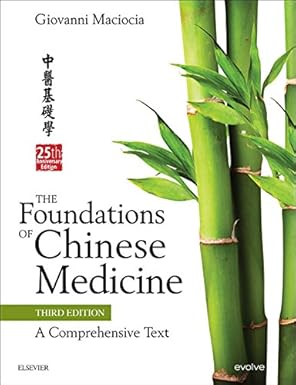The following is a list of books we reference in our various courses and sessions and are recommended to those who would like a deeper dive into these healing techniques.
Books on Mindfulness Meditation
Full Catastrophe Living – Jon Kabat-Zinn
Dr. Jon Kabat-Zinn has conducted extensive clinical research using Mindfulness-Based Stress Reduction (MBSR). This book walks through his 8-week program, which showed significant improvement for patients with stress and chronic pain. The book also highlights some of his key research.
Thich Nhat Hanh has written a broad collection of books on meditation, mindfulness, and Buddhism. This book is a blend of tutorials and personal stories on learning to embrace (rather than be uncomfortable with) silence and being mindful in the present moment. Each chapter concludes with some simple exercises or mantras for the reader to practice.
Sitting Still Like a Frog: Mindfulness Exercises for Kids (and Their Parents) – Eline Snel
Eline Snel translates mindfulness and meditation into small and accessible segments for young kids (and parents). These activities are a great way to introduce children to the concepts of mindfulness and emotional awareness and suitable to practice as a whole family on a daily basis.
Books on Tai Chi & Qigong
This book provides a simple introduction to Tai Chi and Qigong movements and is a concise summary of the various medical benefits of these martial arts according to various clinical trials conducted.
This book was written by ancient Chinese philosophers as they created the martial art of Tai Chi Chuan. Waysun Liao does a wonderful job translating the text into modern-day English and provides additional insight into some deeper concepts about Tai Chi philosophy and movements.
This is a beautiful translation of the “Book of Tao” which is the basis of Taoism (also referred to as Daoism). Although Taosim is not directly taught in most YHP courses, Tai Chi and Qigong have important roots based on this philosophy and will help increase the practitioner’s understanding of the history and intent behind these martial arts.
Wong Kiew Kit provides a comprehensive overview of the history, key differences, and basic techniques of the 5 most common styles of Tai Chi. The book also provides some instruction on self-defense applications and concludes with detailed pictures and an explanation of a modern standard form.
The Web That Has No Weaver: Understanding Chinese Medicine – Ted J. Kaptchuk
Tai Chi and Qigong have strong roots in the system of Chinese Traditional Medicine (CTM). This book contains a good overview of the basic concepts of CTM while written in a fairly natural and fluid writing style. This is a highly recommended book for practitioners interested in an introduction to CTM.
The Foundations of Chinese Medicine: A Comprehensive Text – Giovanni Maciocia

This CTM textbook is a staple for most English-based schools teaching acupuncture and Chinese herbal medicine. After reading The Web That Has No Weaver, this book would be suitable for those interested in diving much deeper into CTM.
Books on Yoga
Similar to the Tai Chi Classics, the Sutras of Patanjali is one of the most common texts required for yoga instructors or practitioners wanting a deep insight into the underlying philosophies of Yoga. This version also has clear interpretations and explanations behind some of the rather short and concise sutras.
Yoga Anatomy – Leslie Kaminoff & Amy Matthews
This book is a wonderful visual aid showing which muscles (and bones) are stretch and engaged in various yoga poses (asanas). It is also sorted by the different kinds of poses (sitting, standing, arms, etc.). A good book recommended for those wanting to learn and practice yoga moves on their own.
Books on Building Positive Habits
The Power of Habit: Why We Do What We Do in Life and Business – Charles Duhigg
Charles Duhigg has compiled an extensive list of research and case studies on human habits. He explains how to create positive habits (or reduce negative habits) by breaking down the habit cycle into 3 clear steps:
- Cue
- Routine
- Reward
Atomic Habits: An Easy & Proven Way to Build Good Habits & Break Bad Ones – James Clear
James Clear’s book is a natural extension on The Power of Habit with a clearer focus on how you can personally improve your habits. He also further expands the Habit Loop into 4 steps:
- Cue
- Craving
- Response
- Reward
Other Book Recommendations
Real Happy Pill: Power Up Your Brain by Moving Your Body – Anders Hansen
While lots of books have been written summarizing the research behind the physical benefits of exercise, this book examines clinical studies that look at the mental benefits of physical exercise. The key takeaway of the book is that exercising at a medium cario rate for 45 minutes 3 times a week for 6 months has significant improvements on stress levels, memory, and pain management.













